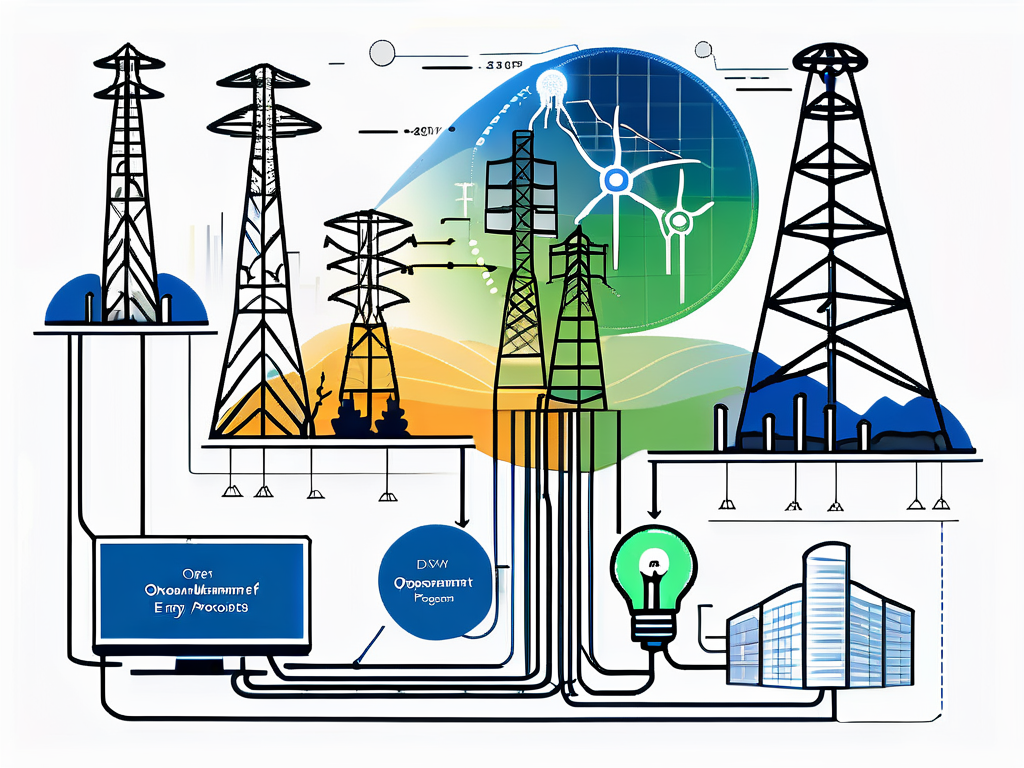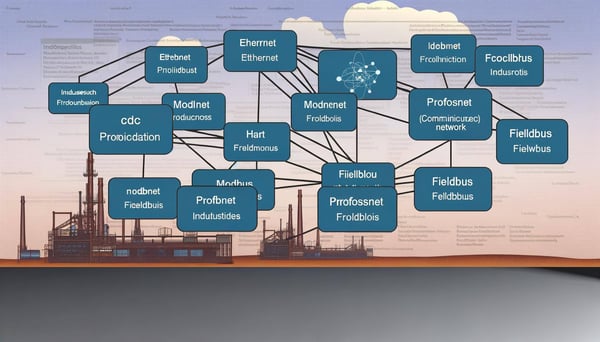
Fundamentals of OpenADR
In the rapidly evolving world of industrial automation, understanding the key protocols that govern communication between devices is crucial. One such protocol that has gained significant traction in recent years is Open Automated Demand Response (OpenADR), a standard designed to improve energy efficiency and grid reliability. This article delves into the fundamentals of OpenADR, exploring its origins, benefits, and how it functions within the industrial landscape.
Origins of OpenADR
The OpenADR protocol emerged from a need for a more efficient and automated way to manage energy demand. Traditional methods of demand response were often manual and time-consuming, leading to inefficiencies and missed opportunities for energy savings. Recognizing this, the Lawrence Berkeley National Laboratory (LBNL) in the United States initiated the development of OpenADR in the early 2000s.

With funding from the California Energy Commission and the U.S. Department of Energy, LBNL worked in collaboration with industry stakeholders to create a protocol that would automate demand response events. The result was OpenADR, a standard that has since been adopted by industries worldwide for its ability to streamline energy management processes and reduce overall energy consumption.
Benefits of OpenADR
OpenADR offers a multitude of benefits for industries looking to improve their energy efficiency. One of the key advantages is its ability to automate demand response events. This means that instead of manually adjusting energy consumption in response to changes in energy prices or grid conditions, these adjustments can be made automatically using pre-set parameters. This not only saves time but also ensures a more accurate and efficient response.
Another significant benefit of OpenADR is its interoperability. As an open standard, it can be used with a wide range of devices and systems, regardless of the manufacturer. This makes it a versatile solution for industries with diverse equipment and systems. Furthermore, OpenADR supports a variety of communication methods, including internet, cellular, and satellite, providing flexibility in how it can be implemented.
Finally, OpenADR contributes to improved grid reliability. By enabling more efficient energy management, it helps to balance supply and demand on the grid, reducing the risk of blackouts and other disruptions. This is particularly important in today's energy landscape, where renewable energy sources are becoming increasingly prevalent and the demand for electricity is continually rising.
How OpenADR Works
At its core, OpenADR is a communication protocol that facilitates the exchange of information between a utility or energy service provider and their customers. This information typically relates to demand response events, such as changes in energy prices or grid conditions, which require adjustments in energy consumption.
The process begins with the utility or service provider, who sends a signal to their customers indicating a demand response event. This signal is transmitted using the OpenADR protocol and can be sent over various communication methods. Once the signal is received, the customer's systems automatically adjust their energy consumption based on the information provided in the signal.
The beauty of OpenADR lies in its automation. The entire process, from the transmission of the signal to the adjustment of energy consumption, is automated, eliminating the need for manual intervention. This not only improves efficiency but also allows for a faster and more accurate response to demand response events.
Implementing OpenADR
Implementing OpenADR in an industrial setting involves several steps. The first is to ensure that the necessary hardware and software are in place. This includes devices that are capable of receiving and interpreting OpenADR signals, as well as software that can automate the response to these signals.
Once the infrastructure is in place, the next step is to establish communication with the utility or service provider. This involves setting up the necessary communication channels and ensuring that they are compatible with the OpenADR protocol. It may also involve testing the communication link to ensure that it is reliable and secure.
Finally, the parameters for automated demand response need to be set. These parameters define how the system will respond to different demand response events and can be adjusted as needed to optimize energy efficiency. Once these parameters are set, the system is ready to begin receiving and responding to OpenADR signals.
Conclusion
OpenADR represents a significant advancement in the field of industrial automation. By automating demand response events, it offers industries a more efficient and accurate way to manage their energy consumption. With its open nature and versatility, it is a solution that can be implemented across a wide range of industries and systems, making it a valuable tool in the pursuit of energy efficiency and grid reliability.

As the demand for electricity continues to rise and the energy landscape becomes increasingly complex, protocols like OpenADR will play a crucial role in ensuring a sustainable and reliable energy future. By understanding the fundamentals of OpenADR, industries can better position themselves to take advantage of this innovative protocol and the benefits it offers.



